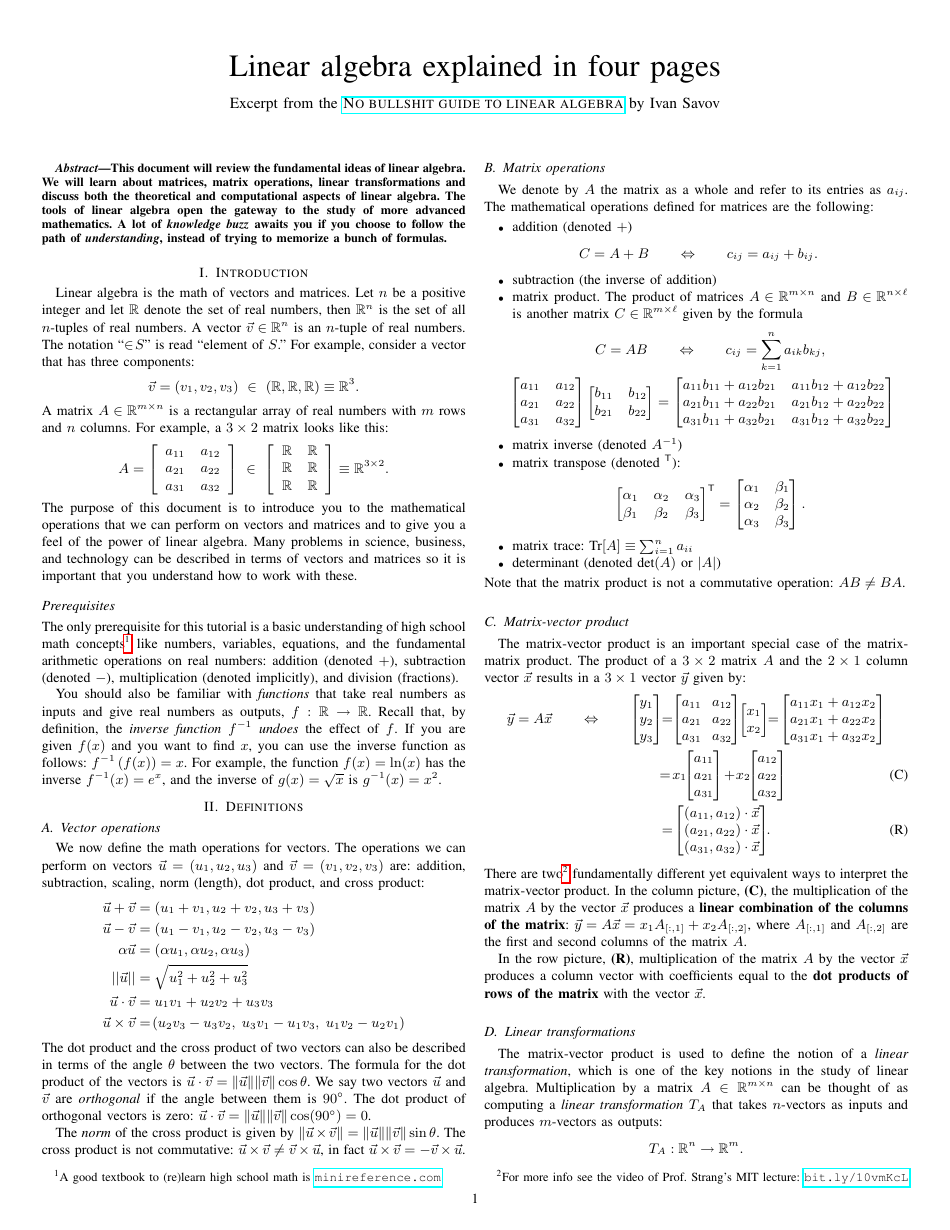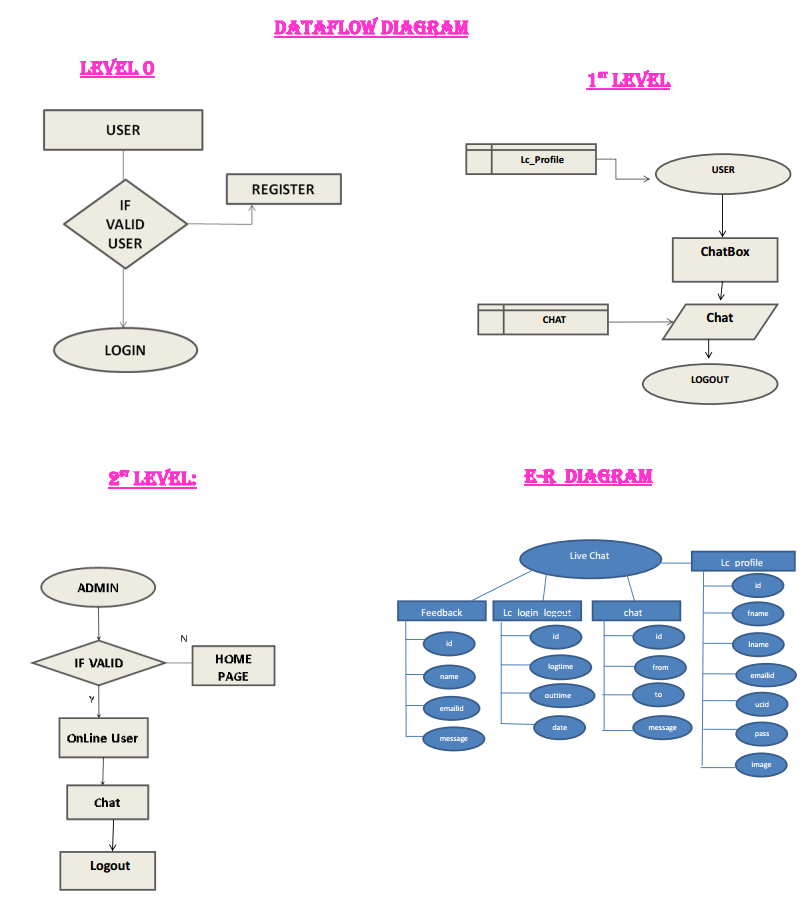

Exploits that take advantage of common file types are numerous and frequent, as evidenced by their increasing appearances in databases such as US-CERT. Cybercriminals, as well as international vendors of spyware such as Israel’s NSO Group, can also send malicious e-mail attachments via SMTP, which exploit vulnerabilities in the application opening the attachment. Web browsers are a particular target for criminals because of their widespread distribution and usage. For example, when a user visits a rogue website, malicious code on the site can exploit unpatched vulnerabilities in a Web browser. Potential attack vectors for a zero-day vulnerability are identical to known vulnerabilities and those that have available patches. For zero-day exploits, unless the vulnerability is inadvertently fixed, such as by an unrelated update that happens to fix the vulnerability, the probability that a user has applied a vendor-supplied patch that fixes the problem is zero, so the exploit would remain available. Once a fix is developed, the chance of the exploit succeeding decreases as more users apply the fix over time. The more recently that the vendor has become aware of the vulnerability, the more likely it is that no fix or mitigation has been developed. Once the vendors learn of the vulnerability, they will usually create patches or advise workarounds to mitigate it. Eventually the term was applied to the vulnerabilities that allowed this hacking, and to the number of days that the vendor has had to fix them.

The term "zero-day" originally referred to the number of days since a new piece of software was released to the public, so "zero-day software" was obtained by hacking into a developer's computer before release. An exploit taking advantage of a zero-day is called a zero-day exploit, or zero-day attack. Until the vulnerability is mitigated, hackers can exploit it to adversely affect programs, data, additional computers or a network. JSTOR ( March 2021) ( Learn how and when to remove this template message)Ī zero-day (also known as a 0-day) is a computer-software vulnerability previously unknown to those who should be interested in its mitigation, like the vendor of the target software.Unsourced material may be challenged and removed.įind sources: "Zero-day" computing – news

Please help improve this article by adding citations to reliable sources. This article needs additional citations for verification.


 0 kommentar(er)
0 kommentar(er)
